by Jon Horelick (an article in “Diversion”)
This text, mainly about the social movements in the USA at the beginning of the 1970s, was written by Jon Horelick, a former member of the Situationist International (American section). Though the facts in it are interesting one can see from its excessive optimism how wrong he was about the possibility of some irreversible revolutionary movement of becoming. Moreover, he does little to really analyse the different aspects of these struggles – in particular their different illusions; he concentrates only on their strengths (of course, the same could be said about my “news of opposition” page on this site, despite the ifs and buts of the introduction). In particular, he reproduces the dominant situ ideology of the time – that struggles were radical but unaware of their theory. Which tends to ignore the contradictions in the consciousness of the participants – and tends to superimpose a “correct” consciousness from the outside.
So why reproduce it here? Well, I suspect that when “Occupy” happened in the states there were loads of people who were also very hopeful about it going somewhere – and undoubtedly it was a significant break with the overwhelming passivity that largely dominated the US social situation since round about the writing of this text (with some notable exceptions – the LA riots following the Rodney King verdict in 1992 or Seattle in 1999). But unless social movements confront their weaknesses and mistakes and try out new things they inevitably get both repressed and recuperated. Horelick, though, was not alone. The SI, and others, including myself, have also been there. And excessive optimism can equally lead to depression and excessive pessimism when struggles hit a brick wall, and the contradictions of history are not analysed, confronted and superseded. In 2005, me and Red Marriott wrote in “Notes on class, struggle and class struggle”: “If one looks back at the radical theory of the 1960’s and 70’s it displays a general confidence that the class struggle would continue to advance uninterrupted and provoke an ever greater crisis for Capital (Debord & Sanguinetti’s ‘The Real Split in the International’ is a good example of this complacently rosy outlook) – nowhere do we find consideration of a possibility of the decisive defeat that was to come and that we are still living. A sobering thought for all those coldly objective know-all theorists past and present. Nobody who was defeated really saw it coming – (including those who prided themselves on having a grasp of the political situation; from trade unionist hacks to leftists to unaligned combative workers to radical subversives). Optimism amongst these different combatants minimised, as it always does, not only the contradictions in radical mass movements, but also the contradictions in their own struggle and the dialectic between this struggle and wider struggles. The ruling class successfully outmanoeuvred the threats to its continued domination and ushered in a new era where the old methods of struggle apparently became as redundant as many of the workers who had used them.”
So, in a sense this is being published here as a kind of warning.
But optimism and pessimism are false opposites – different forms of passivity, both intellectual and practical – a kind of laziness which doesn’t want to strive to find something new based on a recognition of what causes present, or caused past, struggles to fail (other than the obvious manipulations and brutal strength of our enemies, or the obvious illusions of those who never get up off their arses in the first place). Pessimism of the spirit and optimism of the will are also false opposites – somehow we need to steer a balanced course between the rocky Scyllas and whirlpool Charybidises surrounding the fog-laden course on which we are set. The struggles of the future are going to have to confront their obstacles, both ideological and practical, at a far faster rate than previous epochs – because time is short and unprecedented disasters are looming…..
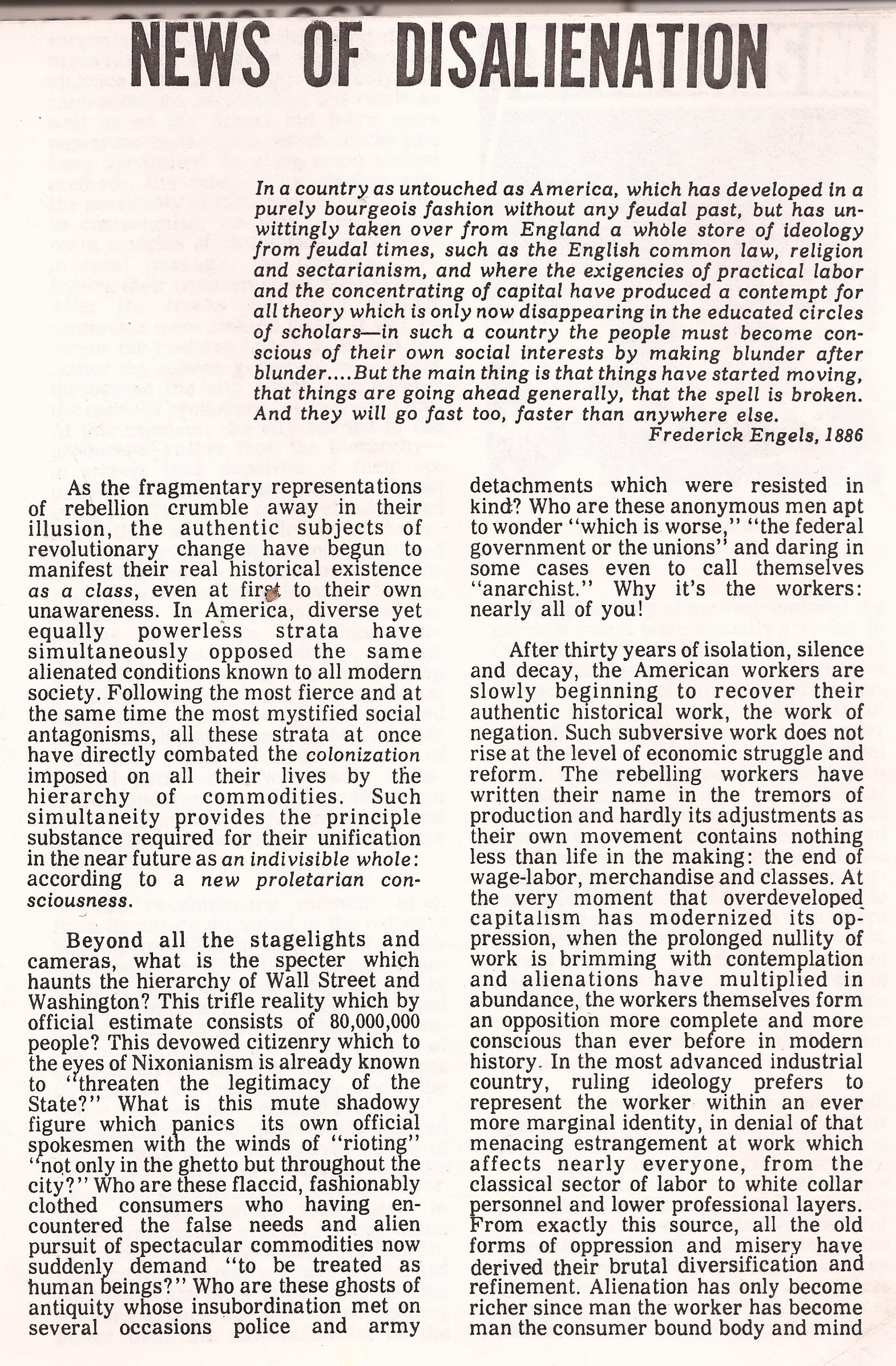
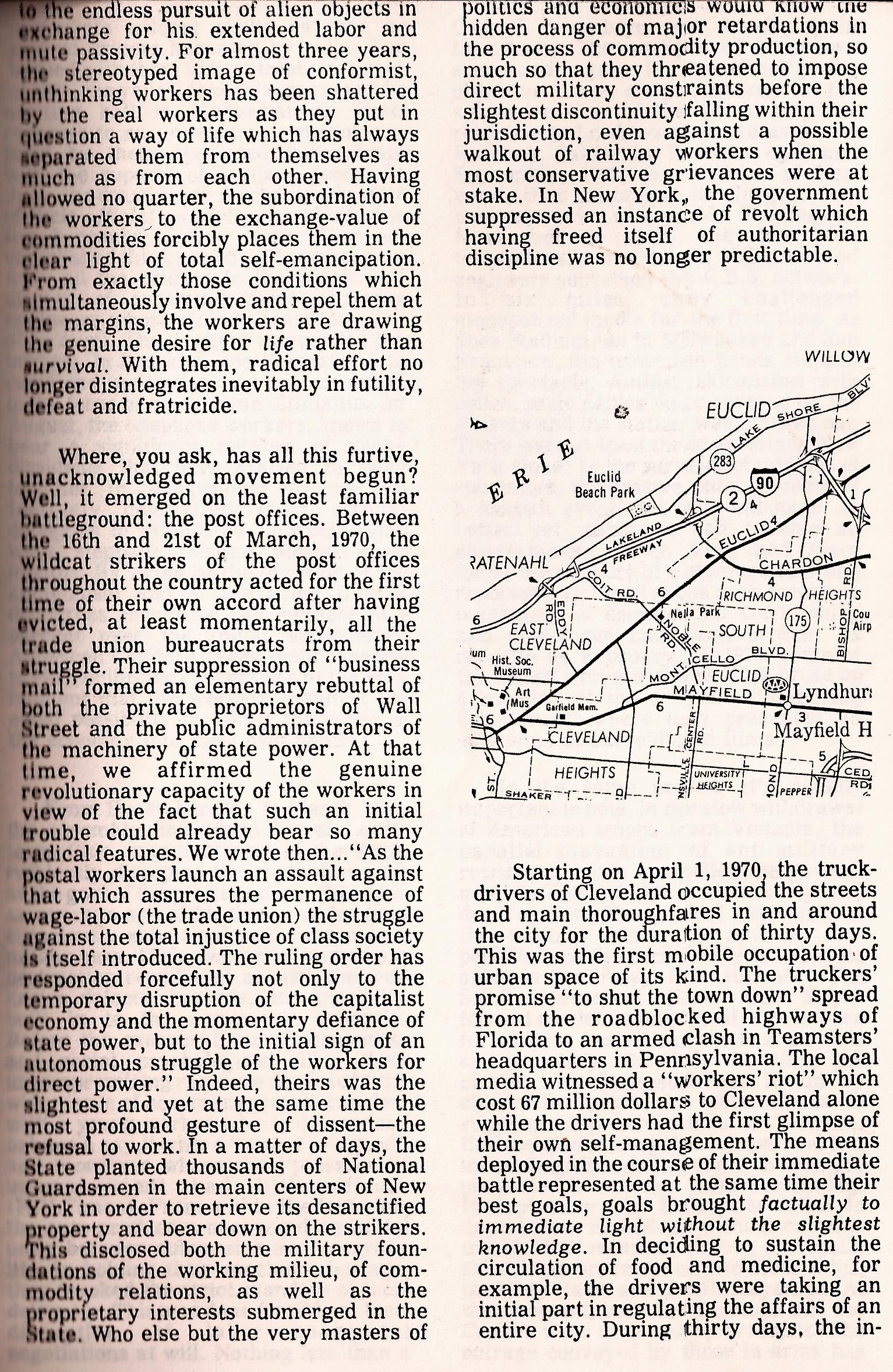
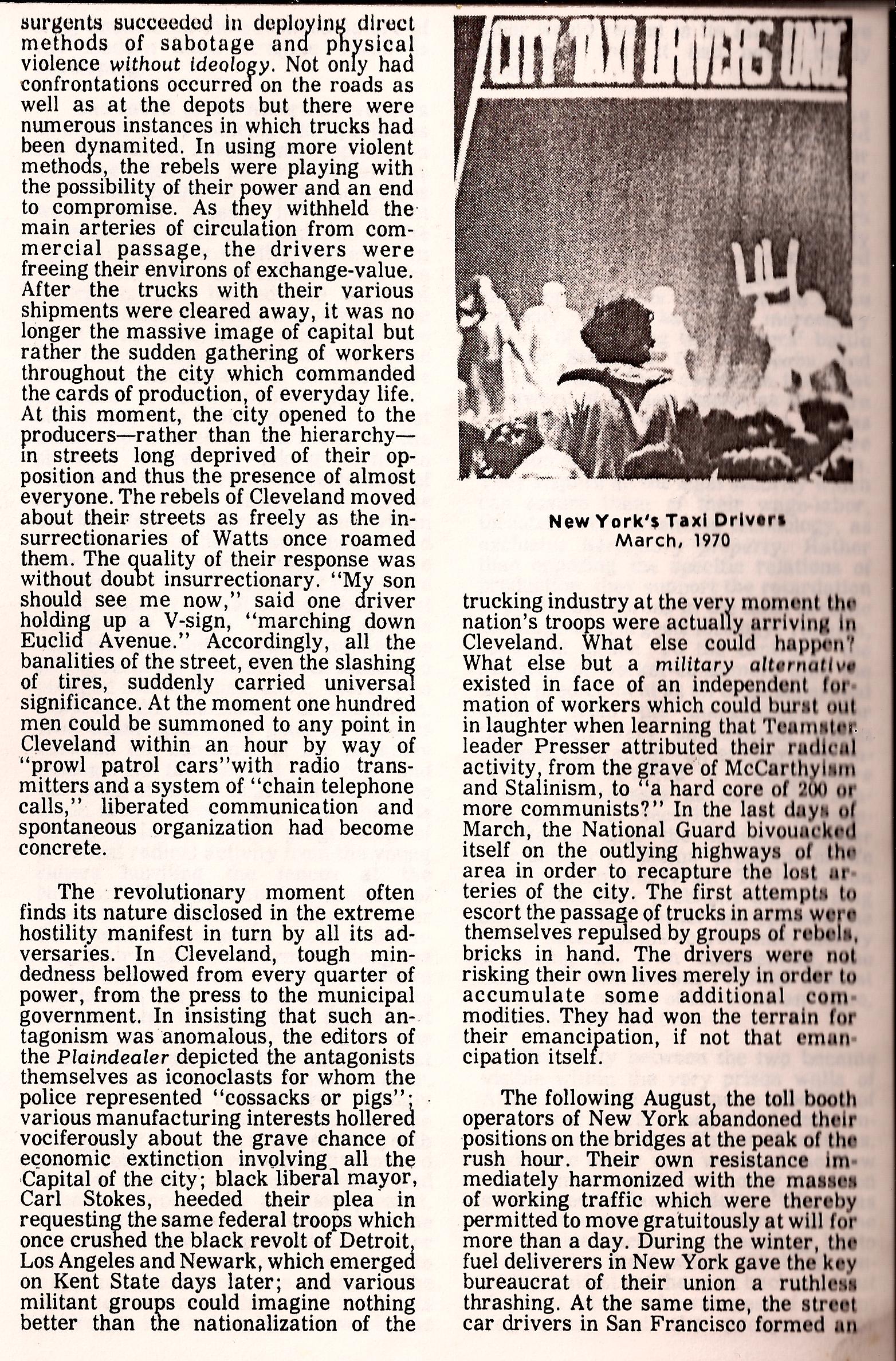
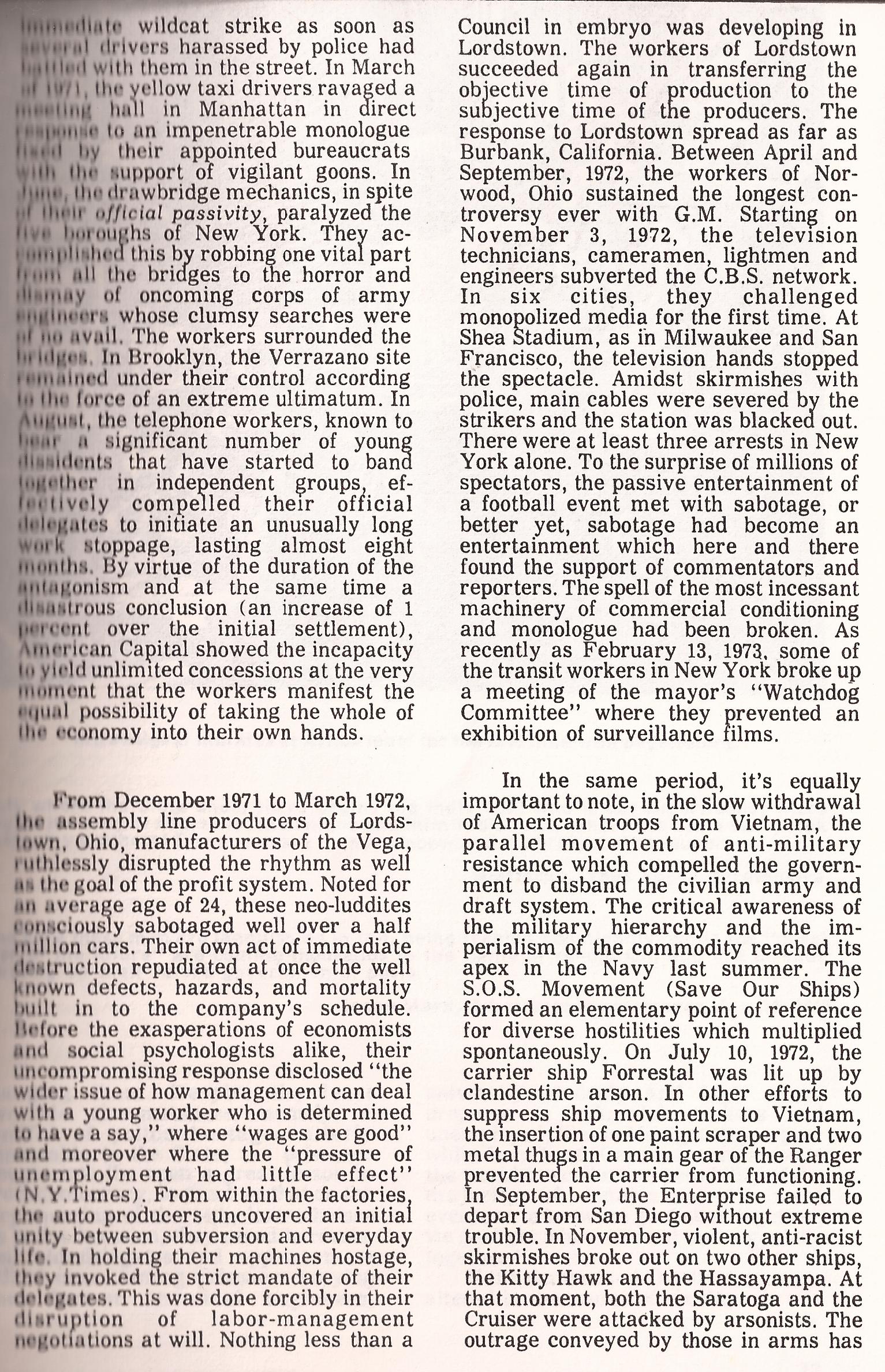
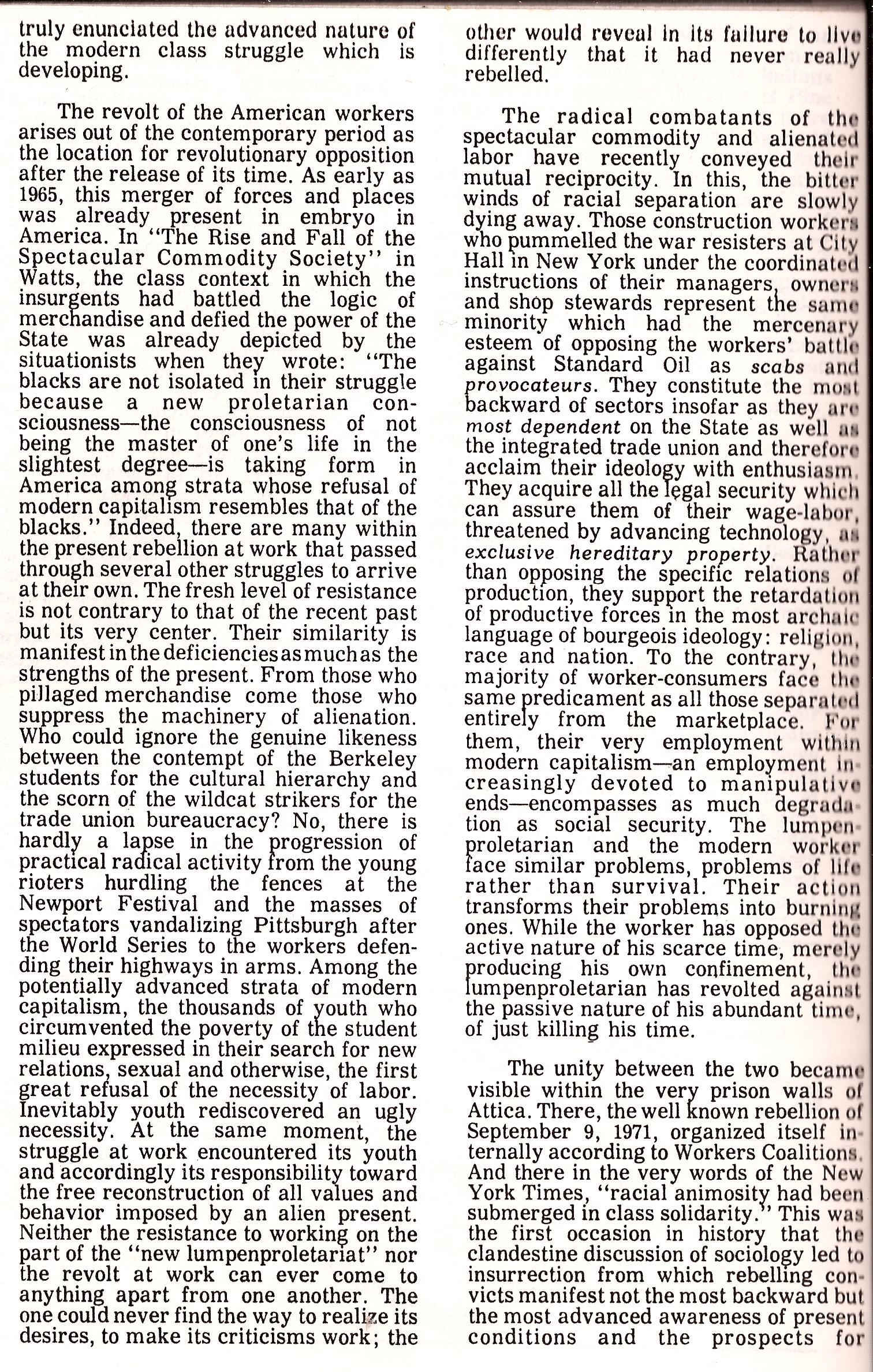
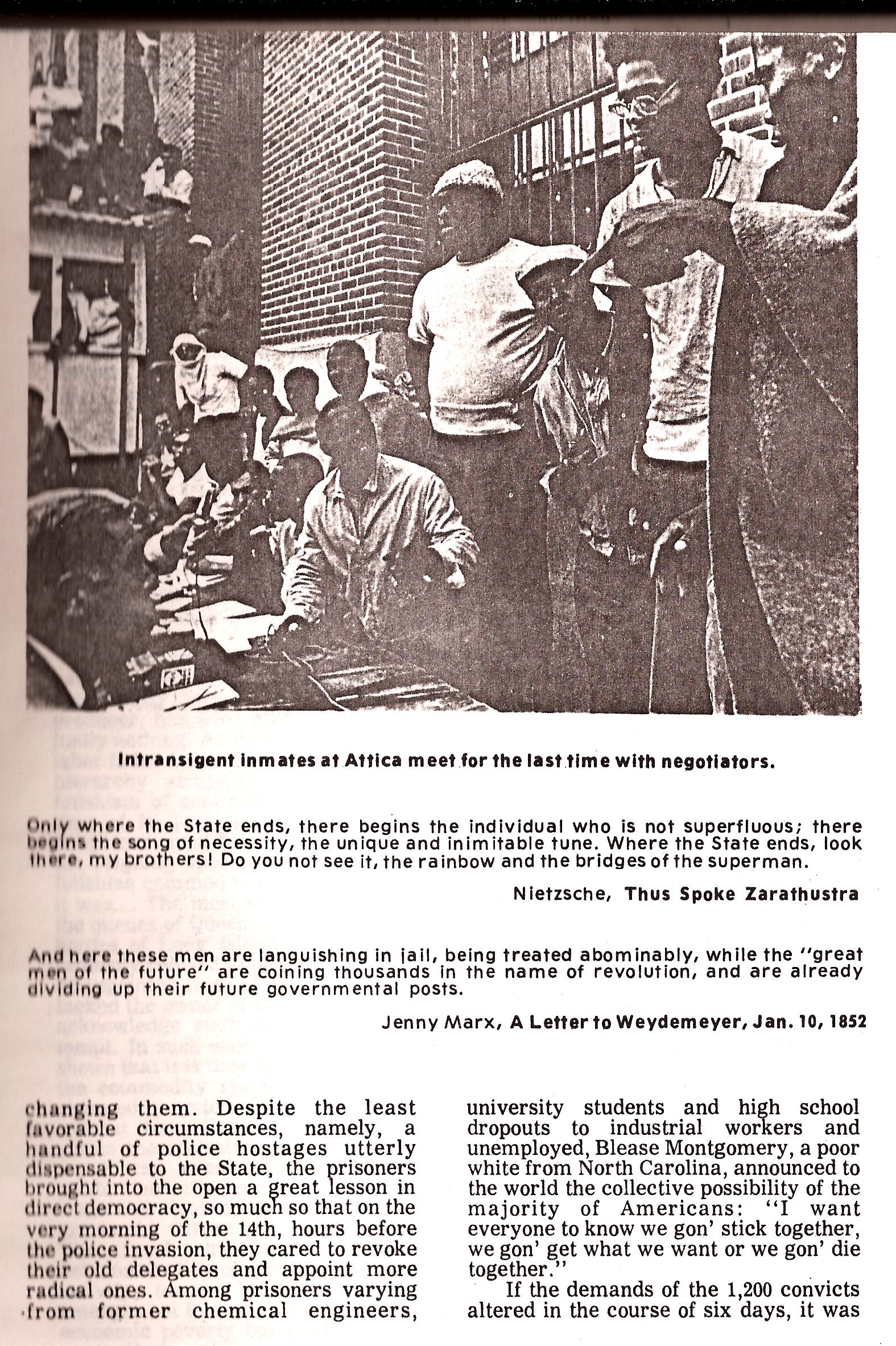
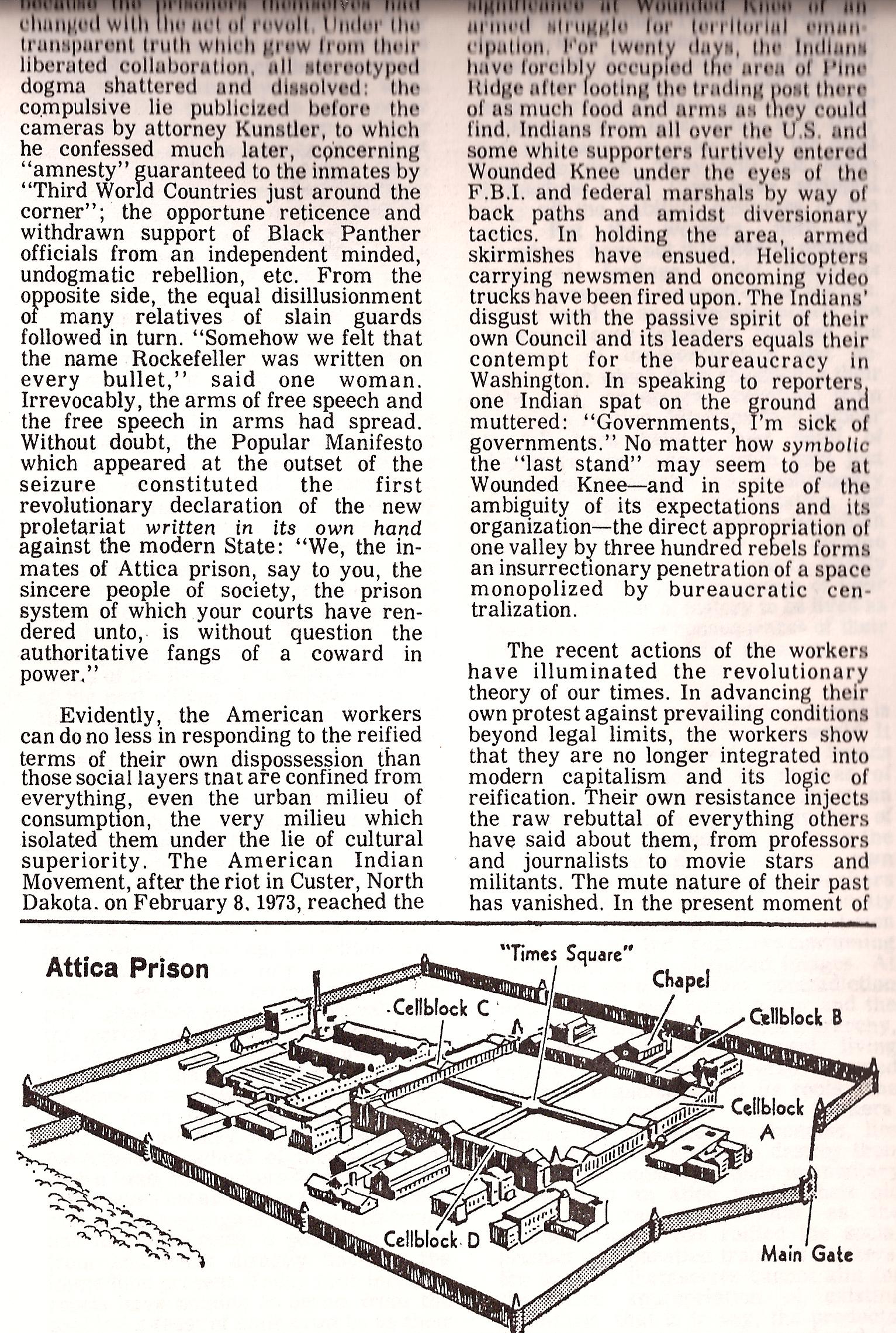
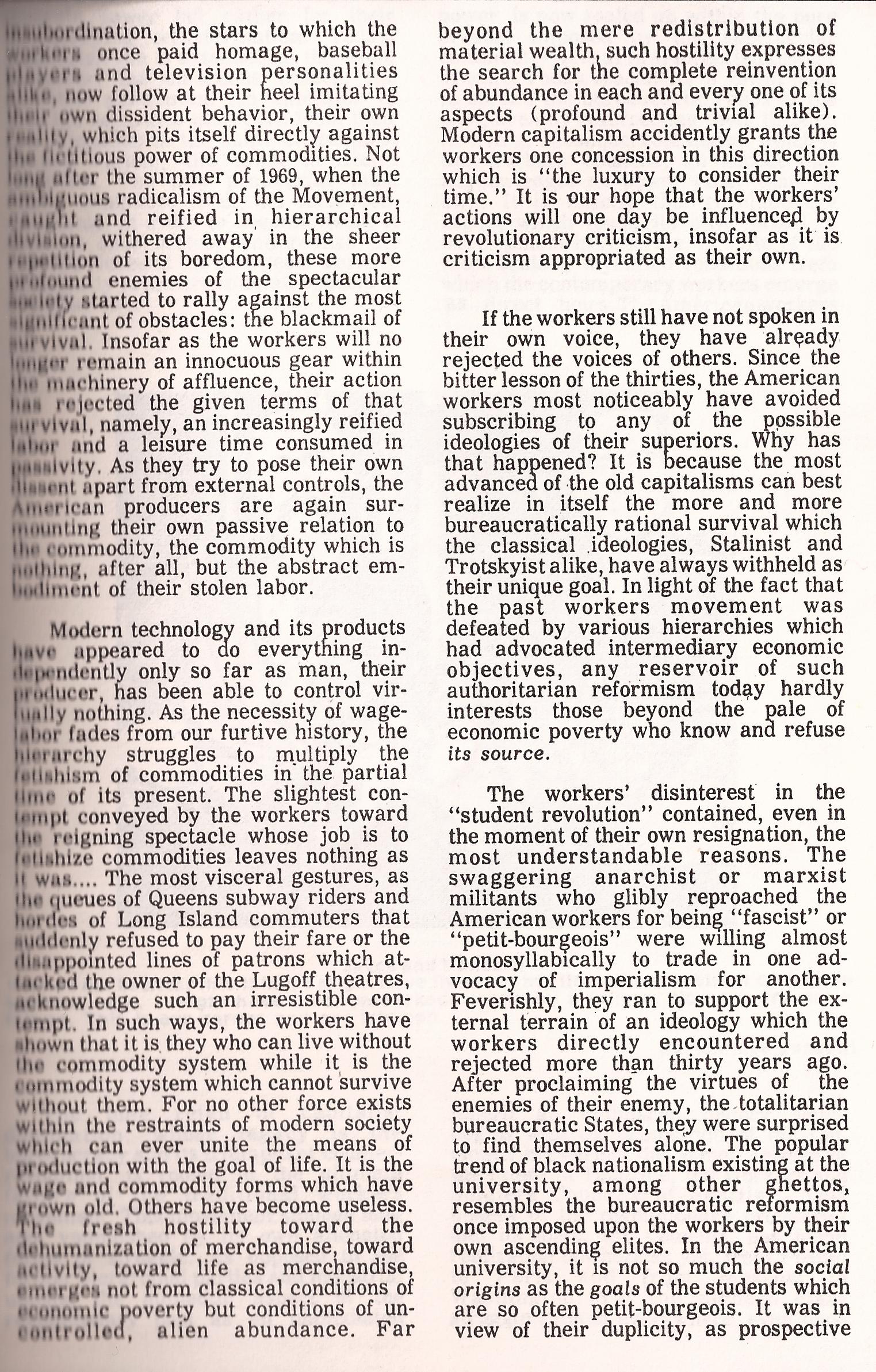
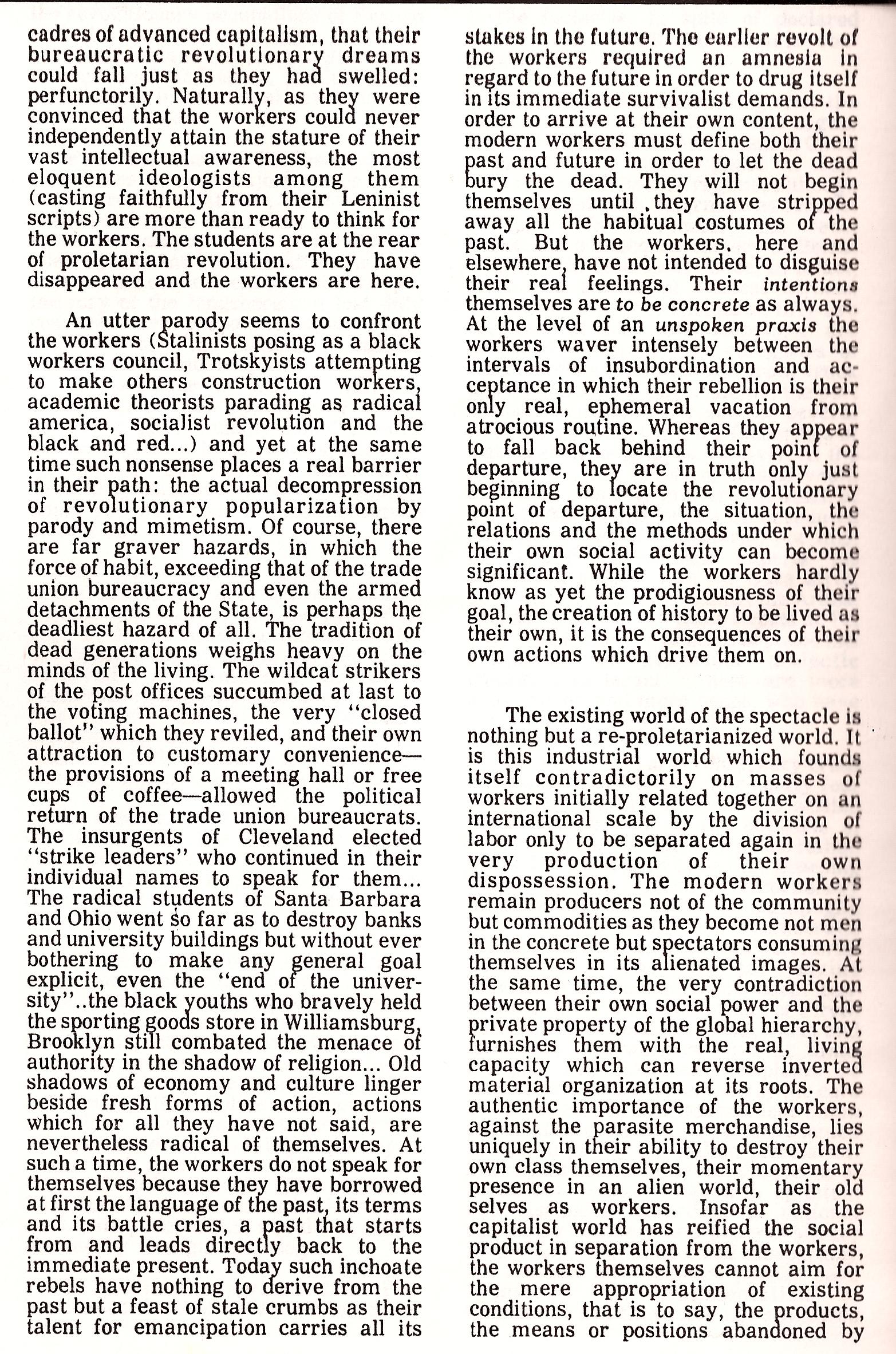
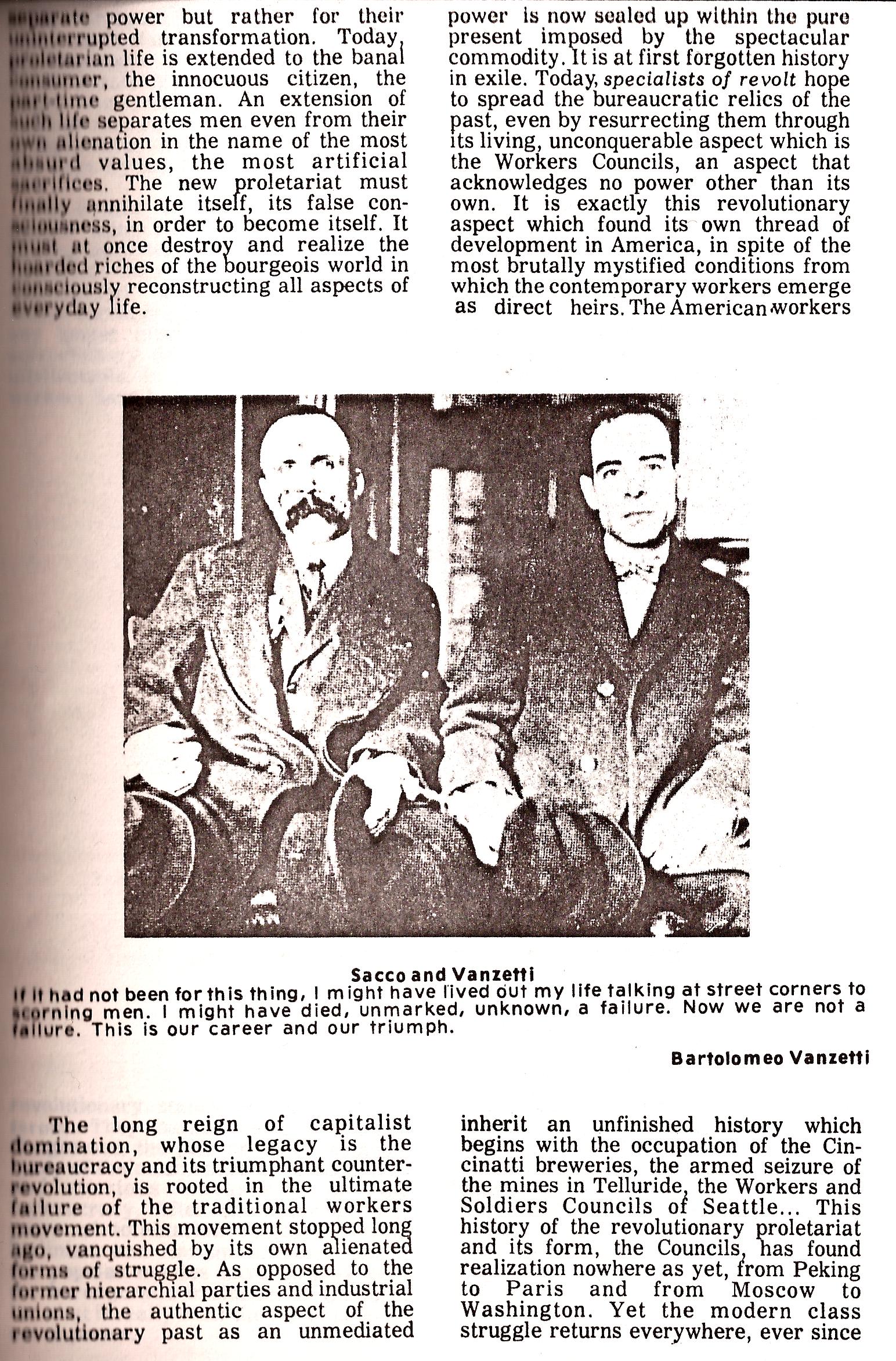

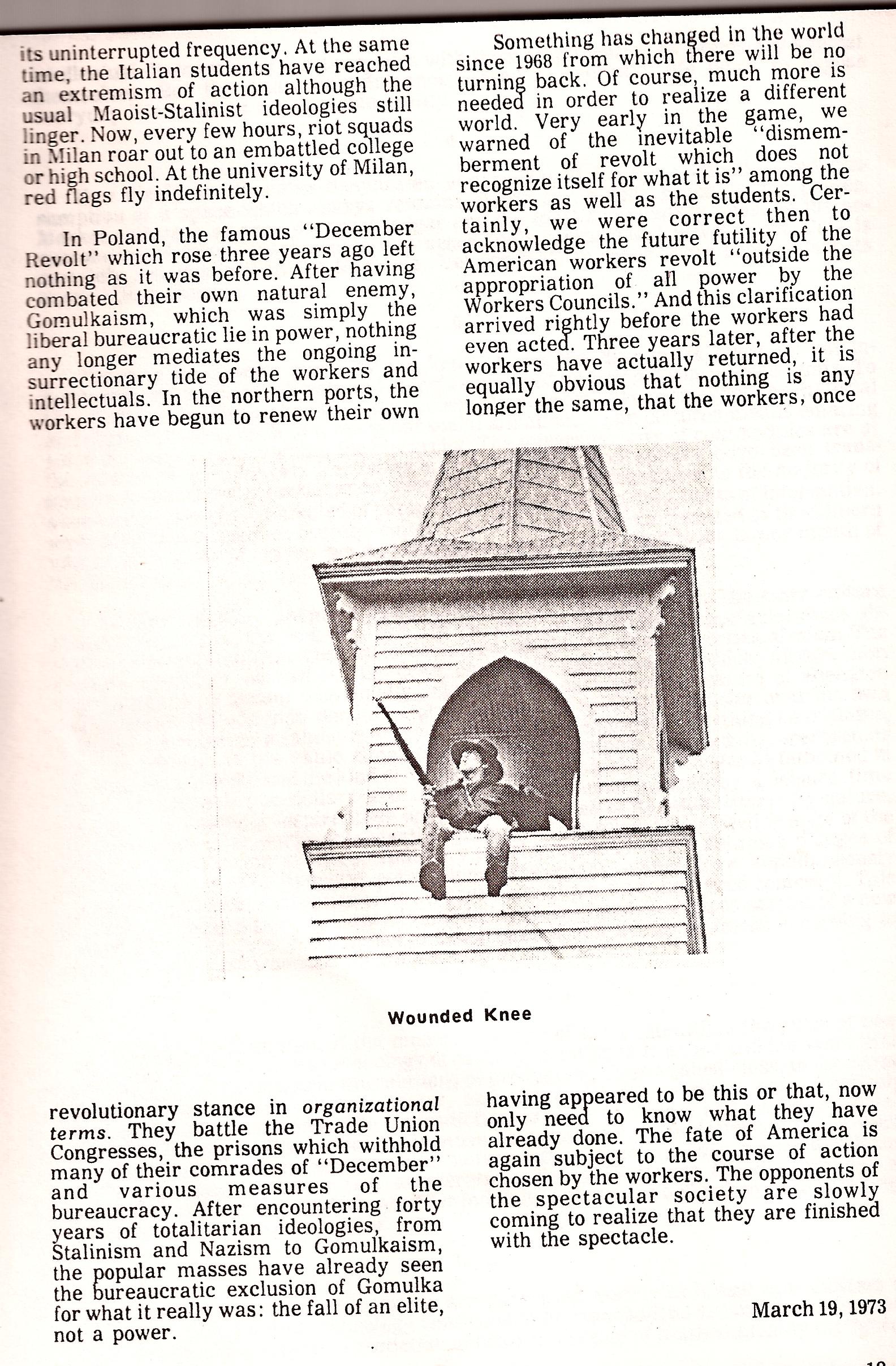
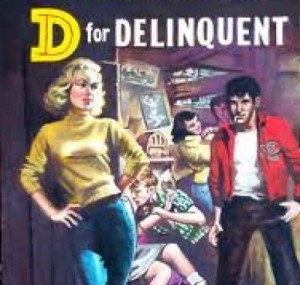
Leave a Reply